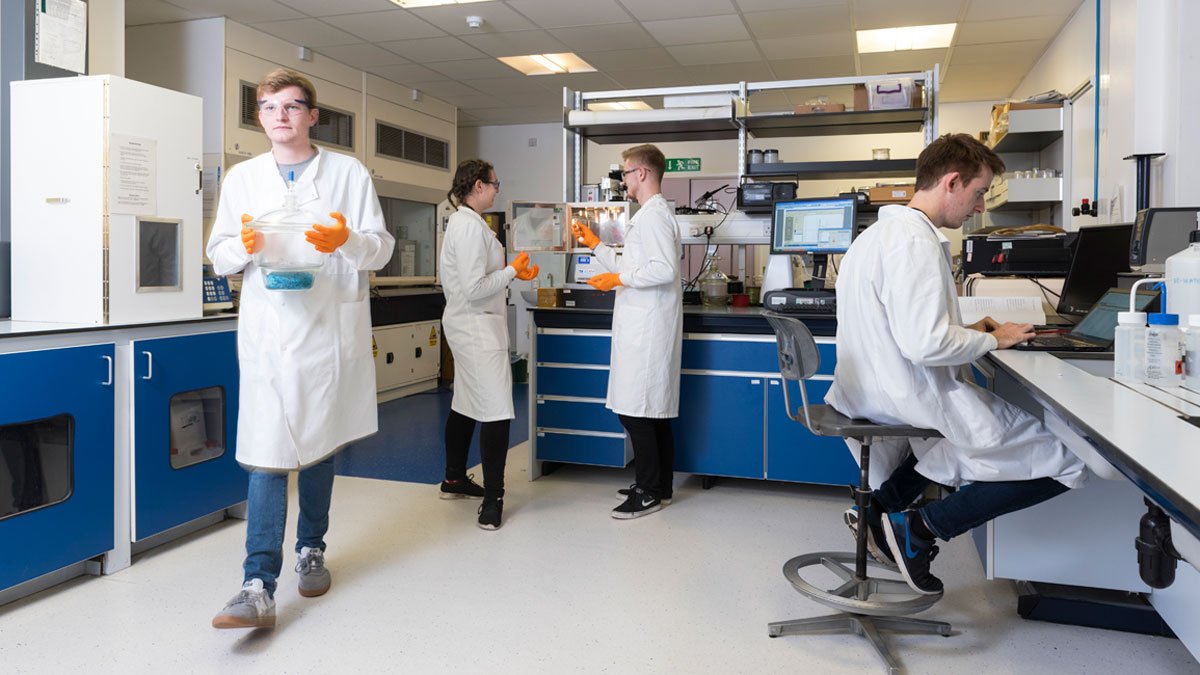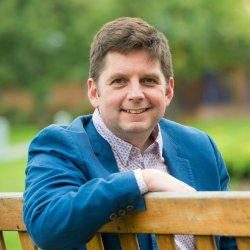Surrey Physics wins double EPSRC funding for strained germanium photonic crystals and new nanotech idea
Two exciting projects from the University of Surrey that will investigate the use of germanium in photonic devices and explore innovative ways to steer and control nanoparticles have been awarded highly competitive grants.

Two research teams from Surrey’s Department of Physics have won funding from the Engineering and Physical Sciences Research Council’s (EPSRC) New Horizon competition. The nationwide competition attracted more than 1200 proposals of which only 126 (or about 10 per cent) were successful.
One of the Surrey projects will investigate the use of strained germanium in a new design for photonic devices.
Silicon forms the foundation of electronics, but it is limited in terms of its ability to produce light. Therefore, significantly more expensive compound semiconductors are used in photonic devices such as lasers and LEDs.
Surrey’s new project aims to overcome this fundamental constraint by producing optically-efficient, highly-strained germanium crystals on silicon using Surrey’s recently developed ion-implantation method. With this approach, the researchers aim to demonstrate lasing in photonic crystal nanocavities on silicon operating in the mid-infrared range of wavelength.
These new devices will have great potential for commercial scale-up and to transform sensors for applications in medical sensing, environmental monitoring and industrial processing.
The principal investigator of the strained germanium project, Professor Stephen Sweeney, said: “We are thrilled to have been awarded New Horizons funding in this highly competitive call. I look forward to working with my co-investigators Dr Steve Clowes and Dr David Cox in the Advanced Technology Institute to explore this exciting new method of producing photonics technologies that have wide-ranging potential applications.”
The second project will develop a new way to steer nanoparticles along a desired path.
Nano-sized colloidal particles in liquids are found in many ordinary items such as foods, paints, inks, cosmetics and pharmaceuticals. Colloids in liquid are not static but constantly moving in random directions because of Brownian diffusion. The researchers will investigate ways to move colloids in water in desired directions – specifically, to steer particles on curved paths by putting them in solutions with gradients of two different salts moving at right angles to each other. This new concept will allow particles to be sorted simply, at low cost and without a need for an external power supply. An immediate application will be in re-using and recycling expensive nanoparticles to minimise their waste.
This research might further lead to breakthroughs in the manufacturing of materials for solar cells and optical devices, in delivering drugs in the body and much more.
Lead on the nanoparticles project, Professor Joe Keddie, said: “Our team in the Soft Matter Physics Group is very excited to extend our research on nanomaterials in this unexplored direction. Dr Richard Sear, Dr Izabela Jurewicz and I have complementary expertise that we will draw upon to explore this important topic.”
Featured Academics
Media Contacts
External Communications and PR team
Phone: +44 (0)1483 684380 / 688914 / 684378
Email: mediarelations@surrey.ac.uk
Out of hours: +44 (0)7773 479911

